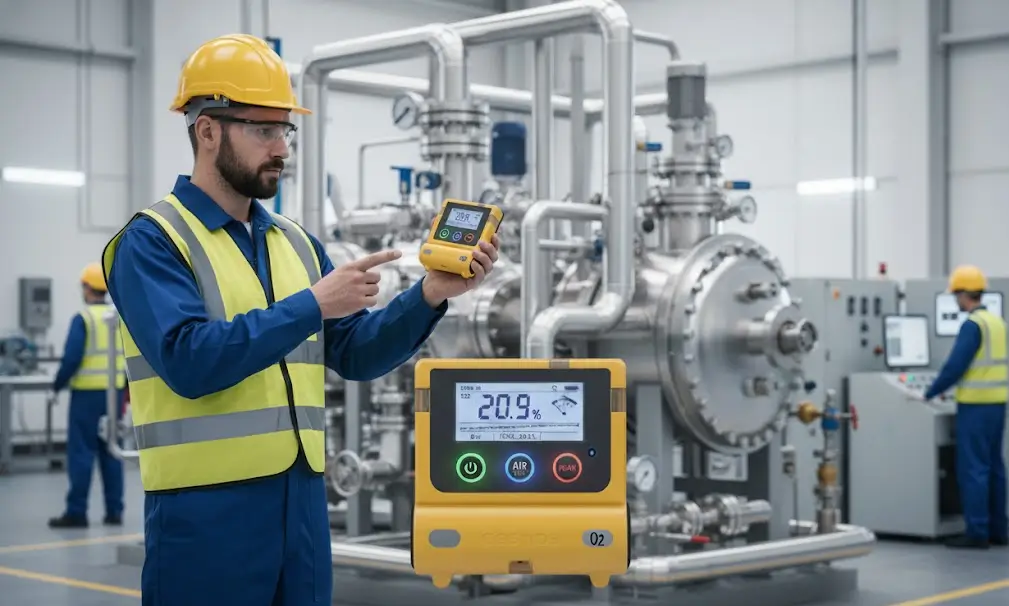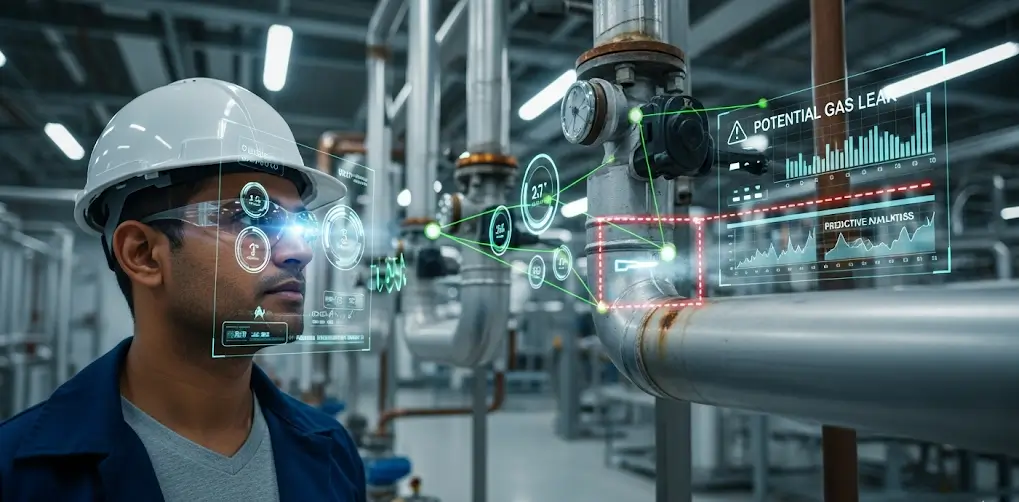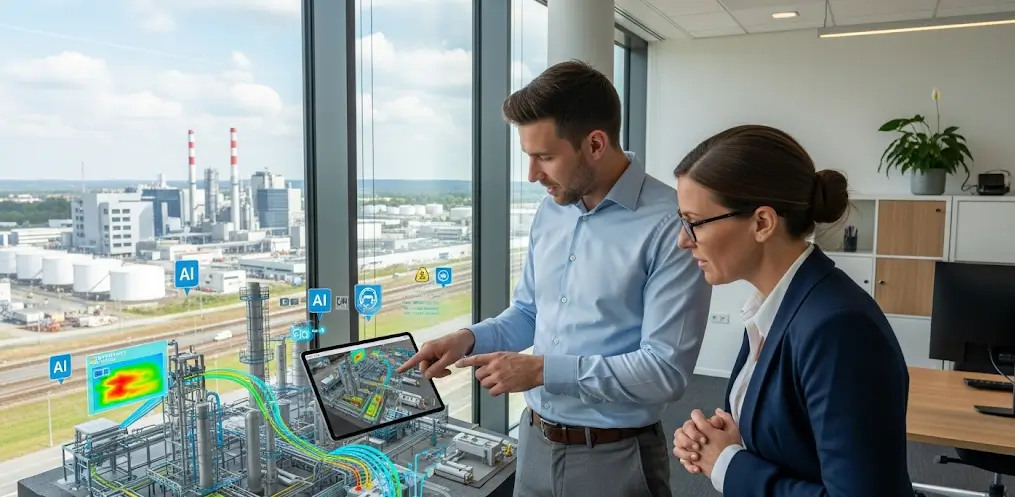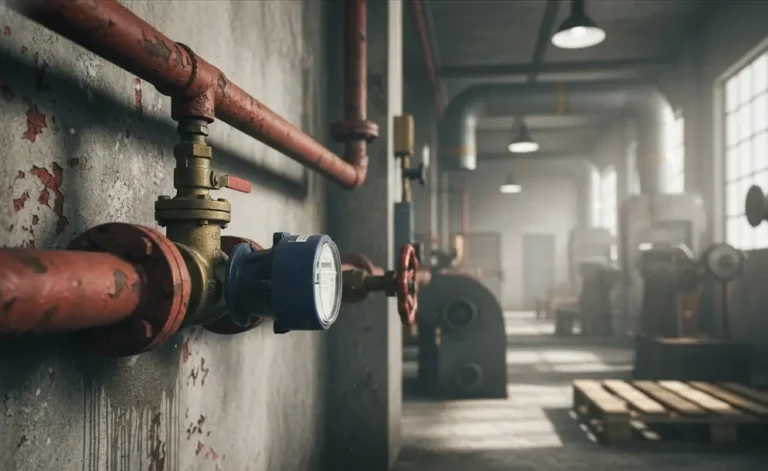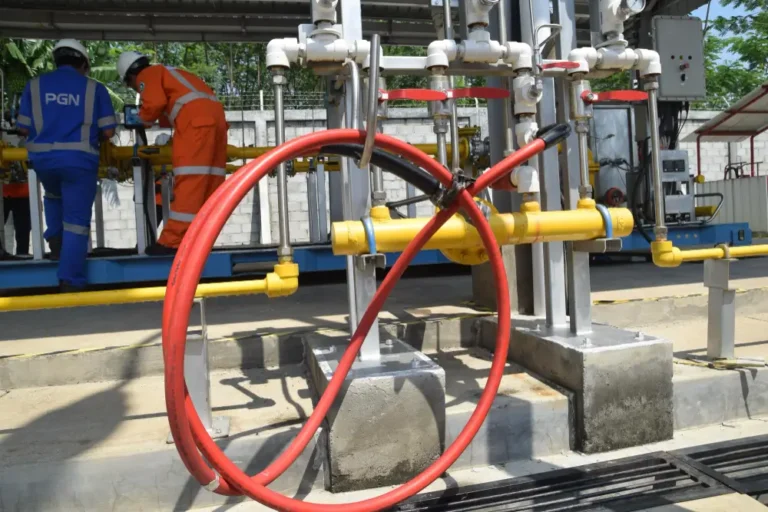TL;DR: AI-enabled detection cuts false alarms, finds small leaks sooner, and helps plan maintenance and compliance. Keep safety‑critical actions on certified edge devices and use the cloud only for analytics and fleet insights.
Key Takeaways:
- Prioritise edge inferencing for alarms and interlocks.
- Require proof of performance, model versioning, and rollback plans.
- Choose custom detection design when process risk demands it.
- Keep detailed logs to support audits and maintenance planning.
Modern sites rely on Gas and Flame Detection Systems to keep people safe, protect assets, and maintain uptime across shifts.
AI now helps cut false alarms, spot small leaks sooner, and simplify upkeep so your team gets clearer alerts without extra complexity.
What Next‑Gen Detection Really Means
Classic detectors trip when gas hits a set point or a flame is in view.
AI reads patterns across time and sensors, adds context, and turns raw alarms into clearer guidance so you act sooner and with confidence.
AI doesn’t replace proven hardware or standards. For real‑world examples of detector limits see common detector limits.
Six AI Jobs That Actually Matter On A Hazardous Site
1) Sensor Fusion That Knows Risk vs Routine
AI blends data from fixed gas points, portable instruments, flame detectors, weather, and process tags. It recognises true leaks versus permitted releases or maintenance activities.
It flags risk even when levels are below simple alarm thresholds. That keeps your team ahead of slowly developing hazards.
2) Smarter Drift And Calibration
Every sensor ages and drifts as temperature, humidity, and use change. AI tracks each baseline over weeks and months, then flags when accuracy is likely to slip.
It recommends calibration when data supports it and prioritises the points that matter most. You cut downtime while keeping safety tight.
3) False Alarm Reduction Without Turning The System “Deaf”
Nuisance alarms drain time and trust. AI learns your site’s rhythm, from purge cycles and cleaning agents to glare and welding arcs.
It cross‑checks each alert against weather, maintenance windows, and nearby sensors before escalating. Your team sees fewer alarms and treats each one as real.
4) Predictive Maintenance For Detectors, Beacons, And Networks
AI watches response time, fault codes, and environmental stress like heat and vibration. It forecasts failure risk on detectors, I/O cards, and comms links and gives you a ranked worklist.
Maintenance becomes planned work. Spare parts and access permits are ready before things fail.
5) Computer Vision That Spots Flames In Tough Scenes
Modern flame cameras and multi‑spectrum detectors feed models that read flame behaviour, not just colour or flicker. They recognise size, growth, and movement so alerts are more reliable.
That helps in bright sun, partial obstructions, and reflective scenes. You cut missed fires and reduce false triggers.
6) Anomaly Detection For Leaks You Rarely See Coming
Small leaks hide in normal noise. AI turns pressure, flow, and acoustic signatures into early warnings by learning each asset’s baseline.
It estimates likely source and size and points you to the best first check. Response teams move faster with clear direction.
Edge AI Or Cloud AI: Where Should The Smarts Live
Keep Decisions Close To The Hazard
Detection and interlocks should run on certified edge devices close to the hazard. That keeps shutdowns and alarms fast even if the network is slow or offline.
Use the cloud for analytics, long term trends, fleet health, and training of models. Sync summaries instead of raw streams so only the useful data leaves site.
Intrinsic Safety, Latency, And Bandwidth
In hazardous zones, choose certified enclosures or place sensors remotely behind safety barriers. Keep the inferencing at the panel or gateway so alarms and shutdowns trigger quickly.
Send concise summaries instead of raw high‑rate streams. You save bandwidth, cut storage, and keep privacy intact.
Don’t assume off‑the‑shelf detectors fit your process; the risks of skipping custom design are real. Read more about the risks of one‑size‑fits‑all detection risks of one‑size‑fits‑all detection.
Compliance Still Rules: AI That Respects The Code
AI should complement, not bypass, your Safety Instrumented Functions and site standards. Choose solutions built to work within IECEx or ATEX for hazardous locations.
- Choose flame detection proven against FM 3260 and EN 54‑10 performance tests.
- Ask how the vendor supports IEC 60079‑29‑2 for selection, installation, use, and maintenance of flammable gas detectors.
- If you target SIL under IEC 61508 or EN 50402, confirm how AI outputs feed safety logic without adding systematic risk.
- Keep clear records of detection performance, model versions, and change control.
A Practical Architecture For AI‑Ready Gas And Flame Detection
- Start with certified detectors sized to the process risk, and add a modular controller or gateway with time-sync, buffering, and secure APIs.
- Run analytics at the edge and sync to a secured cloud for fleet-wide benchmarking. Keep interlocks independent from the cloud.
- Provide role-based dashboards for HSE, maintenance, and operations. Give technicians guided workflows for bump tests, calibrations, and proof tests.
- Log everything, including alarm rationalisation notes, model versions, and technician actions. Good records protect compliance and speed audits.
For practical system examples and service options: Gas & Flame Detection and Environment Monitoring
How To Buy Smart: Questions That Cut Through Hype
Ask for proof that false alarms drop on sites like yours and see the test plan behind the claim.
Confirm it ingests wind, process, and maintenance data without custom code, runs inferencing at the edge if the cloud link fails, and keeps models versioned, approved, and easy to roll back.
Check which standards guide performance and safety, and how insights reach your DCS, ESD, and fire systems without new single points of failure.
Request training for technicians and operators plus a clear day 1, day 30, and day 100 plan.
Cybersecurity And Privacy: Protect The Safety Layer
Treat detection networks as OT with safety at the core, not as general IT. Segment them tightly and use read‑only mirrors or one‑way gateways for business systems.
Use signed firmware, multi‑factor admin access, and encrypted links end to end. Record model updates with the same discipline as logic changes so every change is reviewable.
People And Process Still Win The Day
AI is a tool that supports trained people and clear procedures, not a replacement for them. Keep drills, calibrations, and proof tests on schedule so skills stay sharp.
Use AI to guide priorities and workload, not to relax standards or bypass permits. Review alarm rationalisation regularly and close the loop with brief toolbox talks.
Why Choose Minerva
Minerva Industrial & Trading Pte Ltd helps organisations detect, measure, and monitor critical hazards.
Based in Singapore, the team supports oil and gas, semiconductors, power, marine, chemical, and other high‑risk sectors across Southeast Asia.
For over 30 years Minerva has partnered with New Cosmos Electric of Japan to supply certified gas and flame detection, environment monitoring, remote asset monitoring and flow metering.
Backed by ISO/IEC‑aligned calibration and training, it combines proven hardware with smart analytics and practical workflows to cut false alarms, reduce downtime, and improve safety.
Ready To Act: Book Your AI‑Ready Safety Review
See where AI can lift the performance of your Gas and Flame Detection Systems without disrupting your standards. Get a tailored plan that fits your site, your compliance goals, and your budget.
Book a consultation or request a site assessment today.

